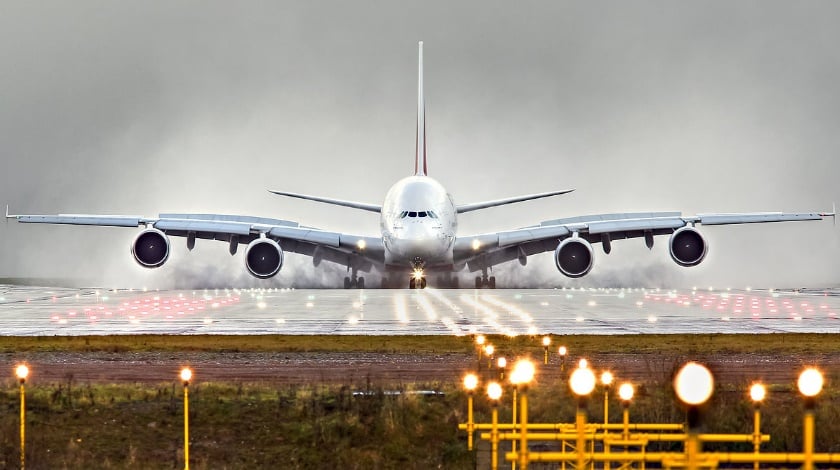Photo: jetphotos.net / Manchester Photography Group
Reading Time: < 1 minuteMiddle East aviation is eager to look past 2017, disturbed by travel and laptop bans, and then the airspace blockade against Qatar Airways and its home country, all along with the continuing campaign by some US airlines against Gulf carriers. Despite the unpleasantries, 2017 set in motion strategic developments likely to unfurl during 2018.
Emirates is growing closer to flydubai, expanding the Emirates network with unique city pair combinations and frequency options. Emirates’ 787-10 order marks a new direction; the type may be oversized, and Emirates should perhaps instead pursue the 787-9.
In Abu Dhabi, Etihad’s new group CEO will need to assess partnerships, network (destinations are already being reduced) and fleet. Etihad’s backlog of 787s and A350s present too much overlap, and Etihad now has too many aircraft on order.
Qatar Airways continues to pursue growth without its key neighbouring markets to use as source traffic, while being forced to make significant detours on many routes. With North American saturation and Europe constrained by EU talks, Asia-Pacific is set to receive more Gulf growth than originally expected.

